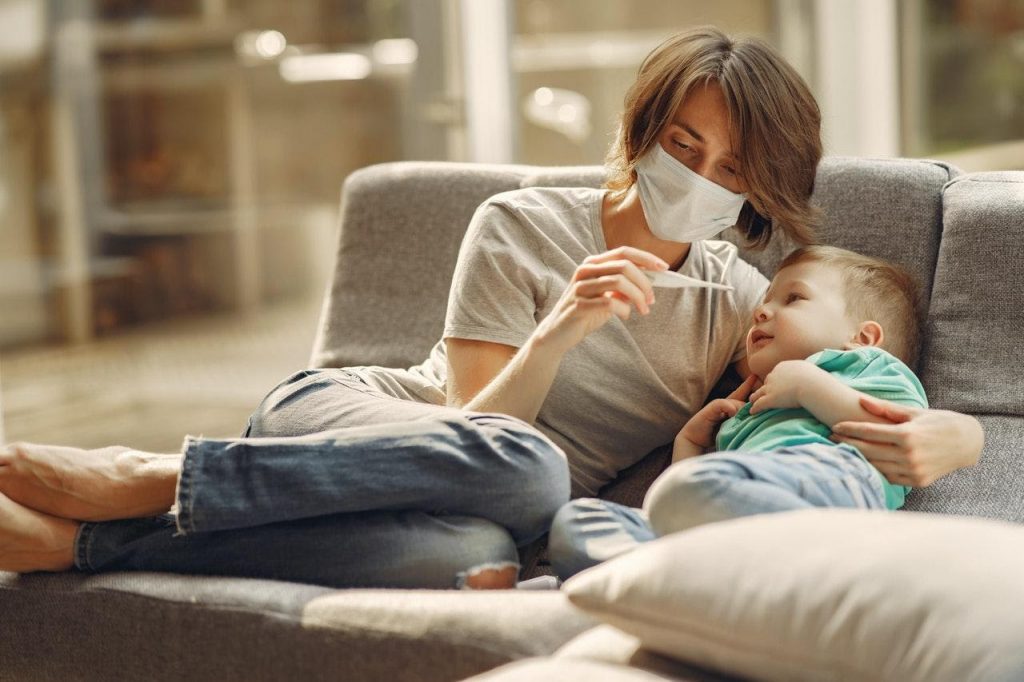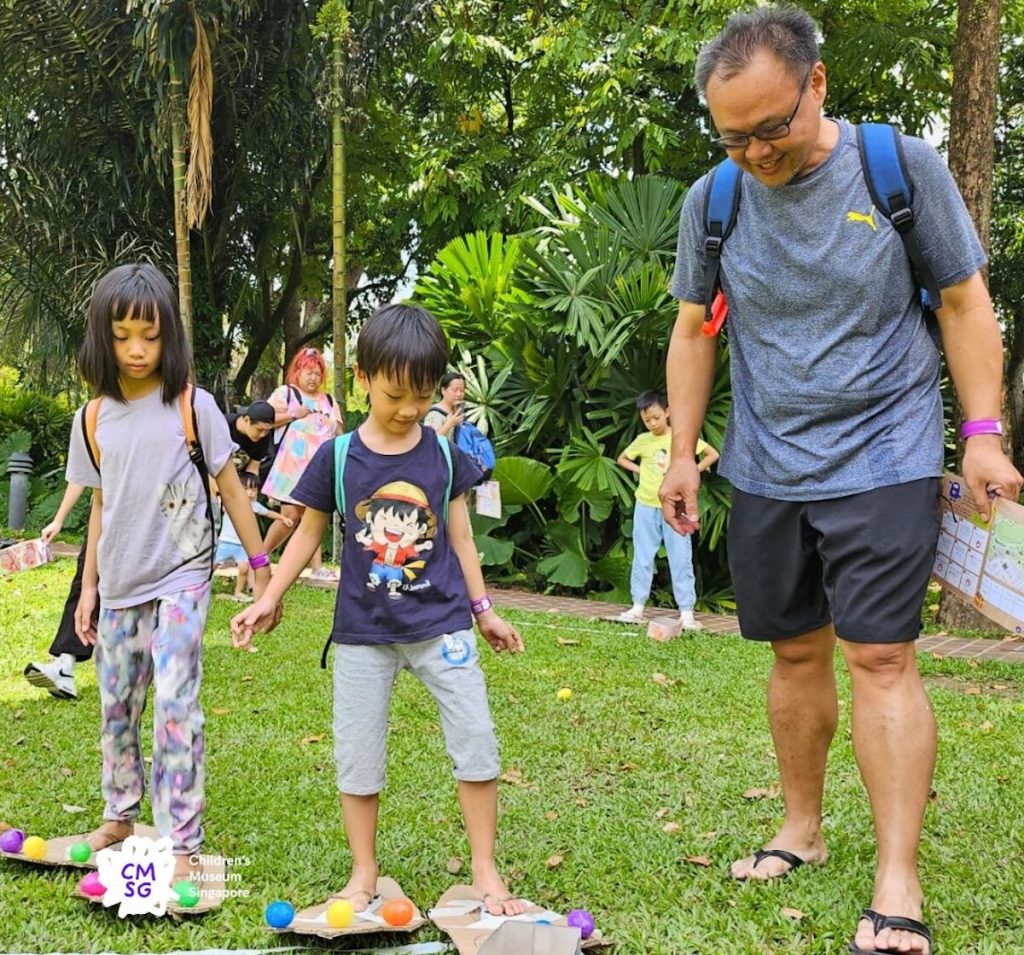With all our attention focused on COVID-19 at this present moment, it is easy to sideline the everyday sniffles and discomfort our little ones may face during this time. It is estimated that preschoolers contract an average of 7 to 8 infections a year, be it viral or bacterial! But take heart, this number is significantly reduced by the time they enter their school-going years. Here’s the lowdown of the ‘what’ and ‘how to’ of the 5 most common paediatric medical conditions that we’re faced with in our little red dot.
Influenza - Flu Virus
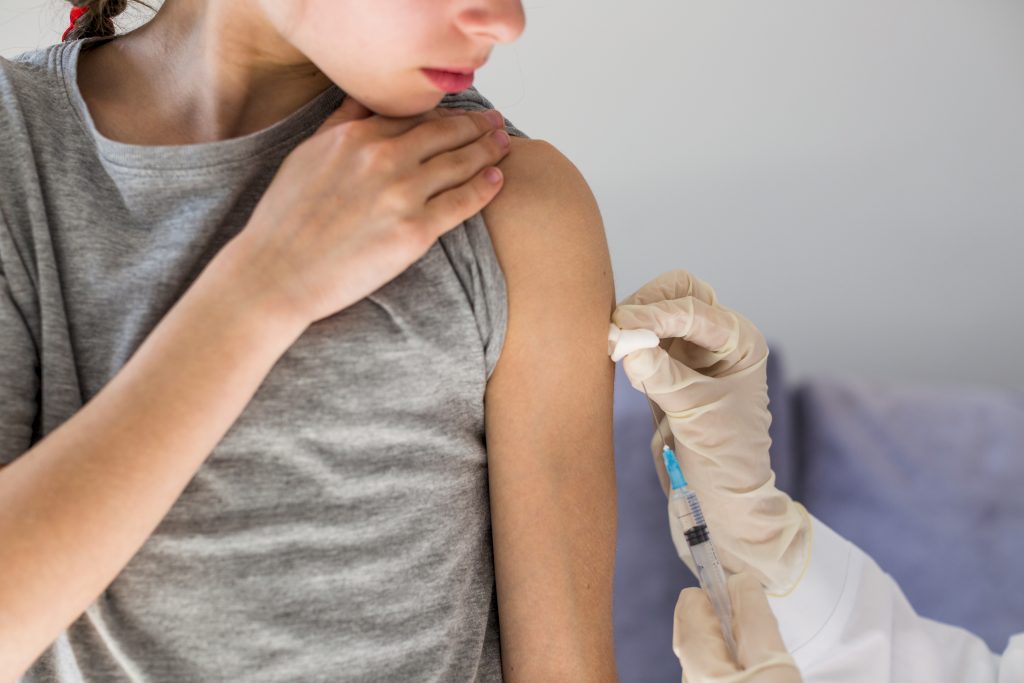
With hot ‘summer’ months running all year long, Singapore, unlike other 4-season countries, is faced with influenza all year round, with 2 peak flu seasons, one between December and February and the other between May and July. Influenza, also known as the common flu, is a highly contagious viral infection that frequently causes infection of the nose, throat and lungs. Flu symptoms include cough, sore throat, runny nose, muscle aches, chills, and fever. Feeling very sick for the first 3 days is common.
Treatment: The treatment of influenza depends on your child’s main symptoms. A dose of the flu vaccine is recommended every flu season. Children 6 months to 8 years of age may need 2 doses during t he same flu season. Flu vaccines are updated on a yearly basis to protect against flu virus strains predicted to cause disease in the upcoming flu season and they require about 2 weeks for antibody protection to develop after the jab.
Sometimes antiviral drugs (such as Tamiflu) are used to treat influenza. They must be started within 48 hours when the flu symptoms start else it wouldn’t be effective. If not treated well, flu can result in pneumonia.
Viral Fever
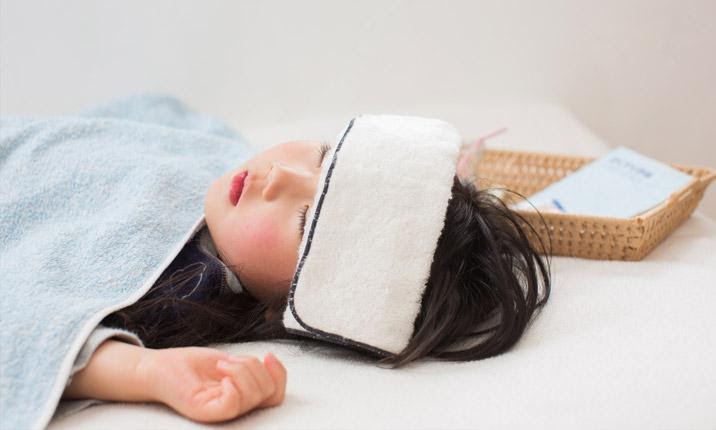
Can’t quite understand why your little bub is fussing and feeling feverish without any other apparent underlying illness? Yes, we’ve seen it all before and this is especially common in young children. Most of the time, your child’s fever will be due to a self-resolving common virus that the immune system will fight.
Cause: Based on a study of 75 children with a fever but no other signs of bacterial infection, an estimated 76% had one or more viruses in their system. The research paper estimated that less than 1% of fever-related illnesses with no signs of an underlying source in those under 3 years were due to bacterial infections. This means that viruses are an especially common cause of fevers, as opposed to bacteria, among young kids. This result was published in the journal Pediatrics. Why is knowing this important? This means that administering antibiotics to your child will be ineffective as it does not eliminate viruses.
Treatment: As the virus cannot be eliminated by antibiotics, the best treatment is to let your little one rest at home to allow his/her immune system fight the virus. If he/she is not improving after 48 hours or seems like the fever is getting worse, then a visit to the docs is a must. Have your child drink lots of fluids especially if he/she is still an infant. Paracetamol or Ibuprofen may be administered for pain, or if your child is miserable, irritable or lethargic as opposed to just reducing the fever. Fever actually helps the body get better naturally. Most importantly, no other remedies should be used unless advised by a certified doctor or health care professional.
Mycoplasma Pneumoniae (MP)
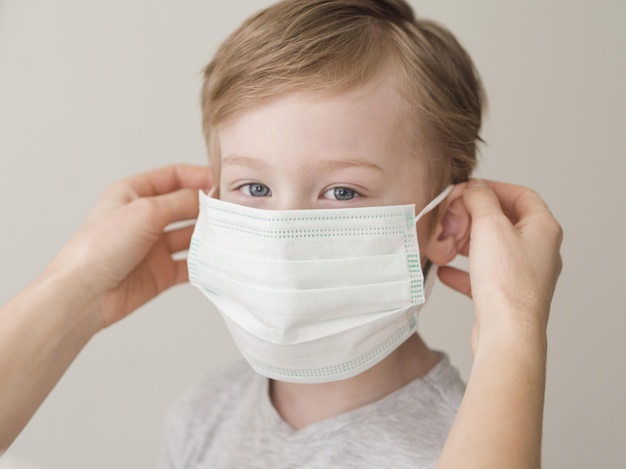
A child having persistent dry cough is very uncomfortable to hear and more so you need to check with a General Practitioner (GP) if there is a more pressing issue at hand, ie. Mycoplasma Pneumoniae (MP). MP is extremely common in school-aged children, but are rare in kids younger than 5 years old. Likely if a younger sibling were to contract MP, it is the result of the older sibling(s) passing it on.
Cause: So what’s the cause? It’s a respiratory illness that’s the result of an infection by the bacterium Mycoplasma Pneumoniae. It is spread from person to person in secretions such as phlegm from the respiratory passages and has an incubation period of 2 to 3 weeks. Some of the symptoms include dry cough, sore throat, persistent low-grade fever, fatigue, vomiting, and chest and stomach pain. Sounds all too familiar? That’s because the early stages can mimic that of the common cold or even influenza. This makes diagnosing your child’s condition a tad tricky at the beginning.
Commonly referred to as ‘walking pneumonia’, the infection is relatively mild and most kids still can go about their normal daily activities. However, if not treated, this bacteria infection can lead to pneumonia. Worse still, symptoms especially cough and lethargy, can linger for weeks or months on end!
Treatment: Similar to viral fever, MP is a self-limiting infection and thus treatment is not always necessary. Your paediatrician may administer antibiotics like Klacid for more severe infections or in those whose symptoms are prolonged. If needed, antibiotics treatment is given for 10-14 days.
Although some immunity may be developed after your child’s initial MP infection, but this is not guaranteed. It is likely that a second infection from the bacteria may occur albeit in a milder form.
Bronchial Asthma
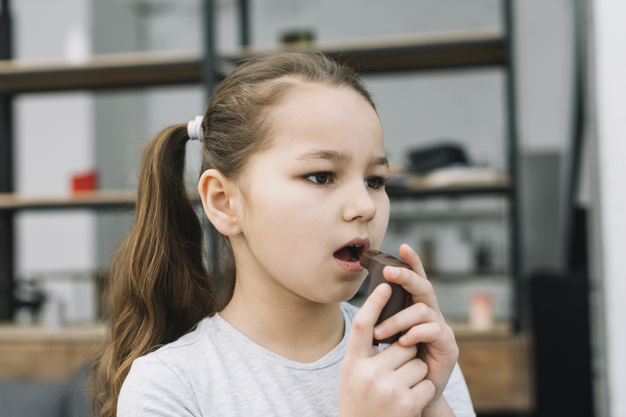
A visit to the paed will show that Bronchial Asthma is beyond doubt a common occurrence in childhood and affects about 20% of the kids in Singapore. It is a condition where there’s chronic inflammation of your child’s airways. Despite the fact that this inflammation is worsened during an asthma attack, it’s often ongoing at baseline even when the child does not display any symptoms. It’s a chronic condition that requires proper monitoring, management, and treatment.
Cause: According to research, asthma affects more than 300 million people worldwide and its prevalence is increasing, especially among children. Asthma attacks are the result of sensitive airways that react to certain triggers like:
- Infections, including the common cold and flu
- Allergens like house dust mites, animal dander, pollen, indoor mould
- Weather changes due to change in temperature or humidity
- Air pollution e.g. from cigarette smoke, haze
Treatment: As asthma is a chronic condition, the objectives of asthma treatment are to control all its symptoms, prevent asthma attacks and allow your little one to lead a healthy and normal life. Relievers or Bronchodilators is administered for use during asthma attacks or when the asthma symptoms are not controlled. These medicines act to relax the muscles around the airway, relieving the obstruction to airflow rapidly. For the little ones who are unable to use an inhaler, a nebuliser would be recommended instead.
For long-term management, Preventers may be given to reduce the swelling of the airway lining and reduce mucus production. These do not provide immediate relief of symptoms, but treat the underlying disease.
Eczema (Atopic Dermatitis - AD)
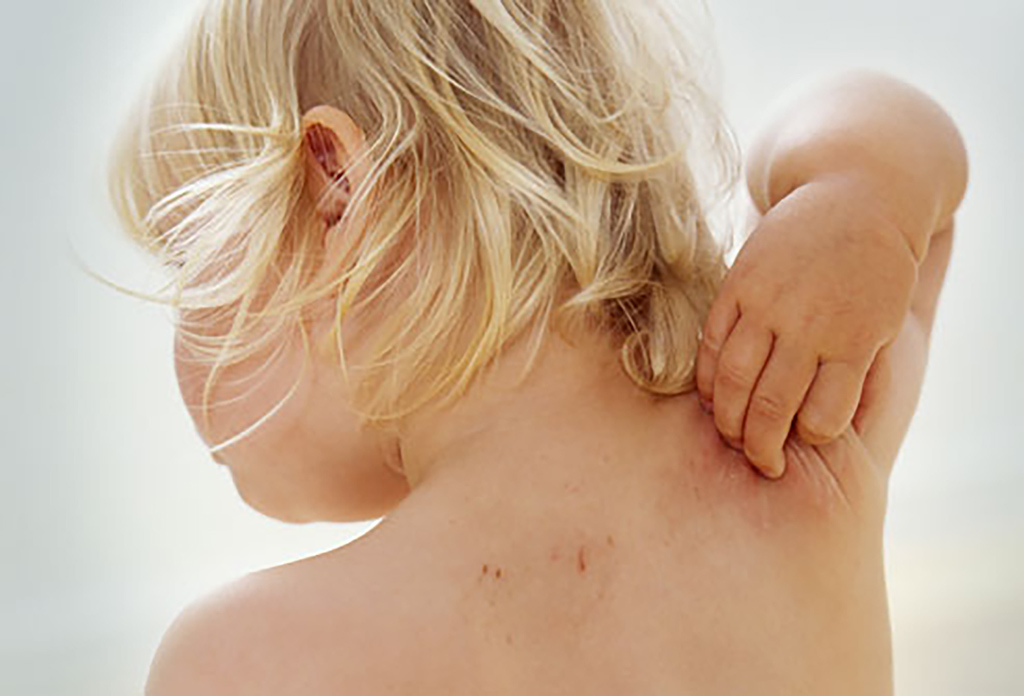
In a country as hot and humid as ours, it’s no wonder that Eczema has plagued so many kids. This itchy, red, inflamed skin condition is such a common occurrence in babies and kids and environmental stresses have played a huge role in accelerating it. Also known as Atopic Dermatitis (AD), it often appears in the first 6 months to 5 years of a child’s life, although it has known to persist throughout adulthood in some cases.
Cause: AD is regarded a chronic, inflammatory condition because of an over-active immune system responding to triggers inside and outside the body. Based on a study that surveyed 681 people, it is found that 21% of kids and 11% of adults have eczema. Hot weather, dusty environments and physical exercise are the most common trigger factors. This study was carried out by a team of medical students from the National University of Singapore (NUS) in 2015 and the results have been published in the British Journal of Dermatology.
Treatment:Eczema looks and acts differently in infants and little tykes than it does in older kids. Not only that, the location and appearance of eczema changes as your child grows up. Thus, it’s crucial to know what to look for during every stage of your little one’s life so that proper treatment can be given to manage this chronic condition. In infants and babies, AD commonly affects the scalp and face, but in more severe cases, the limbs and trunk can also be affected. For older children, commonly affects the neck, elbows, and behind the knees, and appears as red, scaly rashes. Sometimes blisters may form and in long-term cases, the skin can thicken.
There is no specific cure for eczema, but treatments can help relieve its symptoms. Either topical or oral medication can be prescribed and it’s all dependent on the severity of the condition. Some over-the-counter skin relief creams have also proven useful to help your young ones feel comfortable throughout the day and night.
References



